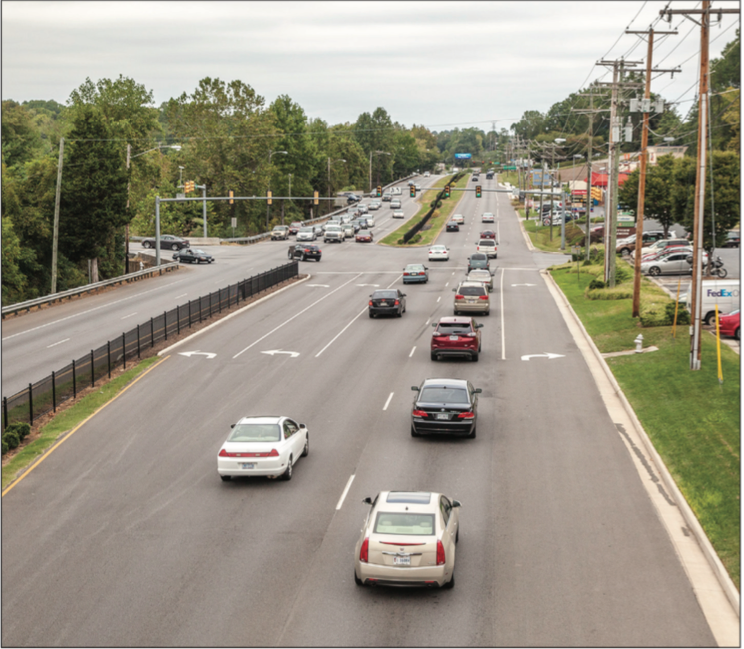Hit the road

Traffic survey available for students, seeks to locate congestion problems
The Region 2000 Local Government Council (LGC) has launched a traffic survey for local residents to determine which areas in the Region 2000 area are the most congested.
The traffic survey is a continuation of another similar poll conducted in 2013.
The goal of both surveys is to gather information on congestion to help traffic planners continue to design projects to improve transportation.
The study is open for anyone who lives in Region 2000, which includes Amherst, Appomattox, Bedford and Campbell counties — the towns of Altavista, Amherst, Appomattox, Bedford and Brookneal and the City of Lynchburg.
Residents of the City of Lynchburg and students at Liberty University are eligible to take the survey.
The survey is be available at www.surveymonkey.com/r/congestion_survey until Feb. 20, 2017.
According to Scott Smith, transportation planning director of Virginia’s Region 2000 LGC, the goal of the study is to identify areas that are less known for congestion but still have a substantial impact on drivers who experience them.
However, traffic planners are predicting that certain areas will have more congestion.
“We certainly expect that survey participants will report known hotspots in the region, including Wards Road, Madison Heights and the intersection of Lakeside Drive and Old Forest Road,” Smith said.
A 2013 survey identified other highly congested areas to include Timberlake Road and Candlers Mountain Road, midtown along Langhorne Road, Park Avenue and Kemper Street, and the intersections of Fifth Street and Rivermont Avenue, and US 29 and S Amherst Highway.
To fix these areas, traffic planners generally first try smaller, low-cost solutions such as synchronizing traffic lights.
If these solutions do not work, more extensive solutions such as access management or intersection realignment might be tried.
“The idea for the survey was developed by members of our Transportation Technical Committee, which is comprised of representatives from localities, transportation agencies, transit providers and higher education institutions within the region,” Smith said.
Residents taking the survey are asked to report different locations where they have encountered traffic.
They can enter the street name and the name of the closest cross street to identify the location of the congestion as closely as possible.
They also report the purpose of their trip and time of day they experienced the congestion.
Because people’s backgrounds will cause individuals to have differing opinions as to what constitutes serious congestion, the survey attempts to analyze respondents based on the purpose of their trip rather than demographics.
Residents are also asked to give their opinion as to what causes the traffic.
They can choose from high traffic volume, inadequate turn lanes, traffic light timing, road work, traffic accidents or other reasons.
An incentive is being offered for everyone who takes the survey.
Those who takes the survey can choose to enter a drawing for a $25 VISA gift card.
There are four gift cards available as prizes.
The results of the survey will be published on the Central Virginia Metropolitan Planning Organization’s website March 13, 2017.
As of Jan. 26, more than 150 responses had been received.
